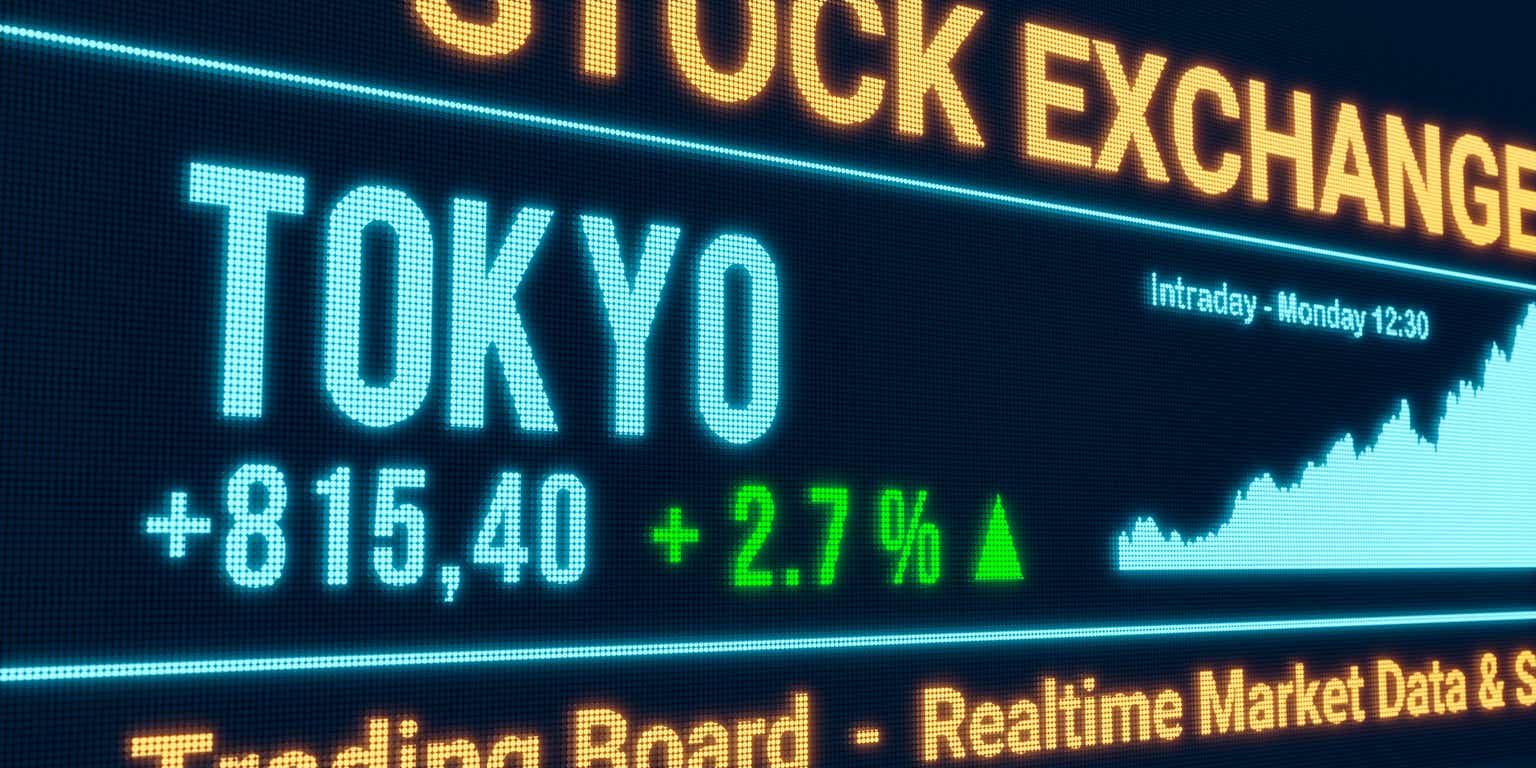By Jeff Weniger, CFA
“With this year as the first year of my ‘asset income doubling plan,’ we will promote, boldly and fundamentally, the shift from savings to investments.”
– Japanese Prime Minister Fumio Kishida, February 2023
Nothing will put you into a deep nap quite like a PowerPoint deck entitled, “Summary of Discussion on Measures to Improve the Effectiveness of the Market Restructuring.”
It’s dry and boring, but there is some gold inside the 12-pager that can be tackled over a cup of coffee. In my view, what is inside it and other similar Tokyo Stock Exchange (TSE) memos is the primary bull case for Japanese equities.
Firstly, the TSE reminds us that the government is expanding the Nippon Individual Savings Account (NISA) program.
Individuals who participate are exempt from a 20% tax on capital gains and dividends. Starting in 2024, the maximum contribution will be tripled from ¥400,000 to ¥1,200,000.
To put that in “IRA terms,” it would be like if we had a program in the U.S. that had a set-aside maxed out at $2,739 and then they expanded the maximum contribution to $8,219. This may be one of the initiatives Kishida had in mind when speaking of a “bold” promotion of the investing society.
We get more meat and potatoes later in the memo in the part that addresses the price-to-book thing. The TSE explains:
Considering that the purpose of this market restructuring is to contribute to the improvement of corporate value of listed companies, it will be meaningless unless we address the fact that about half of all listed companies have a price-to-book ratio below 1. Whether or not we can take any steps forward to improve financial indicators such as PBR is a point of discussion at the council.
There is one way we can interpret the TSE’s dislike of sub-1 price-to-books. It would be very easy to host a ton of symposiums, invite bigwigs, talk about it over dinner and then watch as the status quo persists. That is a possibility to be appreciated.
However, consult the TSE’s March memo, entitled “Action to Implement Management that Is Conscious of Cost of Capital and Stock Price.” It followed up:
While share buybacks and dividend increases are considered effective means of improving profitability, if shown as such by the company’s analysis of whether the balance sheet effectively contributes to value creation, TSE is not necessarily expecting companies to use only these or solve issues with a one-off response. Efforts are expected on a fundamental level to attain profitability in excess of cost of capital on a sustained basis and achieve sustainable growth.
In order to fall within the TSE’s guidelines, companies need to put together an “Analysis of Current Situation,” whereby management has to analyze the company’s cost of capital and profitability at board meetings.
They are then tasked with developing “policies, targets, planning periods and specific initiatives for improvement.” Finally, the price-to-book thing is expanded out to include other metrics.
In this document that the companies are mandated to compile, they need to explicitly discuss either the stock price, the market cap, or price-to-book and price-earnings ratios. Also, they need to put all of that in specific context. One or more of these four measures must be addressed:
- Weighted average cost of capital (WACC)
- Return on invested capital (ROIC)
Then, the TSE “expects companies (to)… engage in dialogue with investors including overseas investors based on this disclosure.”
To give an idea on where the country stands on some of the above metrics, the MSCI Japan Index trades for 15 times forward earnings, while the WisdomTree Japan Hedged Equity Fund (DXJ) is priced at a 12.1 times forward multiple.
Broad Japan exposures only rarely trade at a premium to the U.S., and that is the case now; the S&P 500’s forward P/E is 20.6.
Time will tell if the TSE’s push will be taken to heart, but there is plenty of upside if Corporate Japan can get its act together.
Currently, MSCI Japan’s ROE is only 8.7%, while DXJ’s 11.3% is better but well below the 17.8% being posted by the S&P 500.
A closing of the profitability gap is necessary if the TSE’s push can be measured a success.
All fundamental metrics as of 8/31/23.
Important Risks Related to this Article
There are risks associated with investing, including the possible loss of principal. Foreign investing involves special risks, such as risk of loss from currency fluctuation or political or economic uncertainty. The Fund focuses its investments in Japan, thereby increasing the impact of events and developments in Japan that can adversely affect performance. Investments in currency involve additional special risks, such as credit risk, interest rate fluctuations and derivative investments, which can be volatile and may be less liquid than other securities, and more sensitive to the effect of varied economic conditions. As this Fund can have a high concentration in some issuers, the Fund can be adversely impacted by changes affecting those issuers. Due to the investment strategy of this Fund it may make higher capital gain distributions than other ETFs. Dividends are not guaranteed, and a company currently paying dividends may cease paying dividends at any time. Please read the Fund’s prospectus for specific details regarding the Fund’s risk profile.
Original Post
Editor’s Note: The summary bullets for this article were chosen by Seeking Alpha editors.
Read the full article here












Leave a Reply